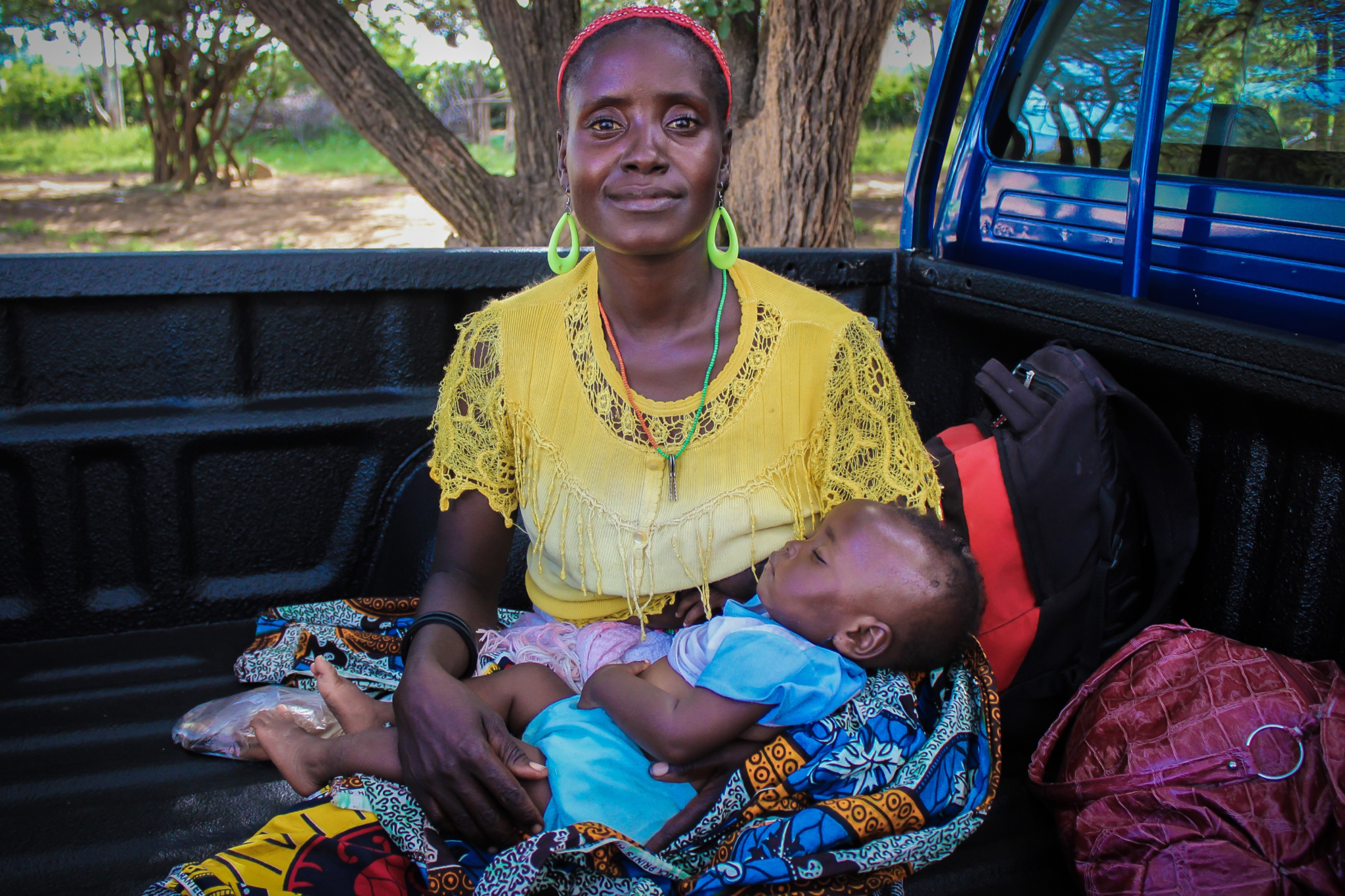A few months ago, I mentioned in this blogpost that I resolved to plant a 100-acre forest. The reasoning is that I heard that a 100-acre forest would contribute greatly to changing the climate of a place. The place where I have bought the land is about 1 hour north of Malindi in an area that used to be a woodland many years ago. The community that lives there has over the years, decimated the woodlands to burn wood for charcoal. As a result, we have seen significant decreases in rainfall over the years, into a significant prolonged drought in the last couple of years. We are grateful that this year has had some rainfall.
The thinking
Carbon dioxide is a greenhouse gas that traps heat in the atmosphere, causing global warming. Trees and other plants absorb carbon dioxide from the atmosphere through photosynthesis, a process that uses sunlight to convert carbon dioxide and water into oxygen and carbohydrates. The amount of carbon a tree can store depends on the tree species, where it is growing, and how old it is. A mature tree can store hundreds of pounds of carbon.
I read in the Time Magazine (Aside: I wonder if our kids will still call it a magazine considering that we now read it more online than offline), that if a person planted a tree every year for 20 years, and each tree survived, the 20 trees would absorb about 1,000 pounds, or half a ton, of carbon dioxide per year.
I am setting out to do this in my little neck of the woods. On 100 acres, I can plant about 500 trees per acre, and it will be a diverse mix of trees. Some trees grow indigenously and easily on Kenya’s coast, and we shall start with them. They include the Neem tree, which can absorb about 31.82 kg of carbon, the Moringa tree (80 kg of carbon), and fruit and nut trees like Mango trees, Orange trees and Cashew nut trees. We shall also be planting some of the trees that are good for logging but have high carbon capture.
It’s only part of the solution, I know
Planting trees is a good way to help the environment, but it is not enough to slow climate change. We also need to reduce our carbon dioxide and other greenhouse gas emissions. This means transitioning to renewable energy sources, like solar and wind, and reducing the amount we drive and fly. We should also eat less meat, as it has a much larger carbon footprint per calorie than grains and vegetables.
Everyone can do their part to reduce fossil fuel emissions. Businesses can invest in renewable energy and energy efficiency. Politicians can pass laws that promote clean energy and reduce emissions. Governments can provide incentives for people to make green choices. Adults and kids can make changes to their lifestyles, such as driving less, biking more, and eating less meat.
Taking the step
When I made the decision, I really didn’t know where I would begin. So I sought friends. I met Samson at the Kenya Forestry Service, who has been a valuable resource in directing me on which trees I should plant, how fast they grow, how they help the ecosystem and so on. I also met Mzee Kahindi, who has taught me a great deal about how culturally, indeginous trees were revered and protected. He taught me how to start off with trees like the Whistling pine, which grow quickly and provide valuable shade for seedlings that take longer to grow – all while feeding the ground with nutrients like nitrogen.
“A good way to know a good tree, according to our people, is if other plants – grass and shrubs – can grow underneath the trees. Trees like Blue Gum kill everything in their vicinity,”
Mzee Kahindi, Malindi

At the Data Fest 23, I happened to sit with Prof. Monica Kerretts-Makau, and she, surprisingly, turned out to be a great comrade in this effort. She, like me, had moved from Nairobi to Machakos years ago with her family and they turned an erstwhile unremarkable place into a have. “We are committed to rebranding the idea of place and space,” she told me. “You don’t have to live in a high-end neighbourhood to experience beautiful gardens adorned with flowers, trees and succulents. You can make that wherever you are.” Together with her husband, they had turned a one-hectare piece of land into a series of stunning spaces, including hanging gardens and enchanting nooks and crannies.







At Maono Space, a few members are passionate about the environment, and I invited them to join my cause. Elphic Tossi is a schoolteacher who had a fantastic vision. He thought that if we had mini forests of about 2500 trees in every school in Kilifi then we would achieve one million trees. Schools provide a great catchment of students who would care for the trees and grow them. He also is spearheading the growth of tens of thousands of seedlings of various trees at Maono that everyone in Kilifi can access.



Community engagement
Angel Kyalo leads The Green Halo Initiative. TGHI engages communities on issues of climate change, taking into account the cultural and behavioural considerations that drive the communities’ handling of the environment. Last year for example, she lived in Garashi and Adu villages for more than three months immersing herself in the community and developing better understanding of why they cut down trees for charcoal and the socioeconomic factors that are needed to better drive awareness of climate change in the community.

Oliver Kagwe leads Thellesi Trust, a marketing and communications non-profit that supports other social organisations and initiatives through audiovisual products and campaigns.
Building support for growing a forest
I am grateful that they all felt convinced that the forest was a good idea. With their help, I am clear about the model for the forest I shall grow. I have committed my own resources to planting and growing 50,000 trees in 100 acres of land. This forest will need many things including water (I don’t yet have my own well or borehole), tanks, rainwater harvesting mechanisms like water pans, seedlings of different kinds so that we achieve a high level of diversity and hands – many hands to plant the trees. Our vision is to have trails for running and cycling, spaces for picnicking and camping so that as the trees grow, people can find some wellness value, even as we call back the rains.
I am grateful to my friend, Tom, who gave USD 2000 to plant one acre of trees in his daughter’s name, Jasmine. We are calling that acre the Jasmine Acre. I hope others will come too and support this forest.
It is a grand experiment and I have no idea how it will go. But I am excited at the great prospects and I will keep you updated.





It’s a great Idea, it’s a model to be emulated